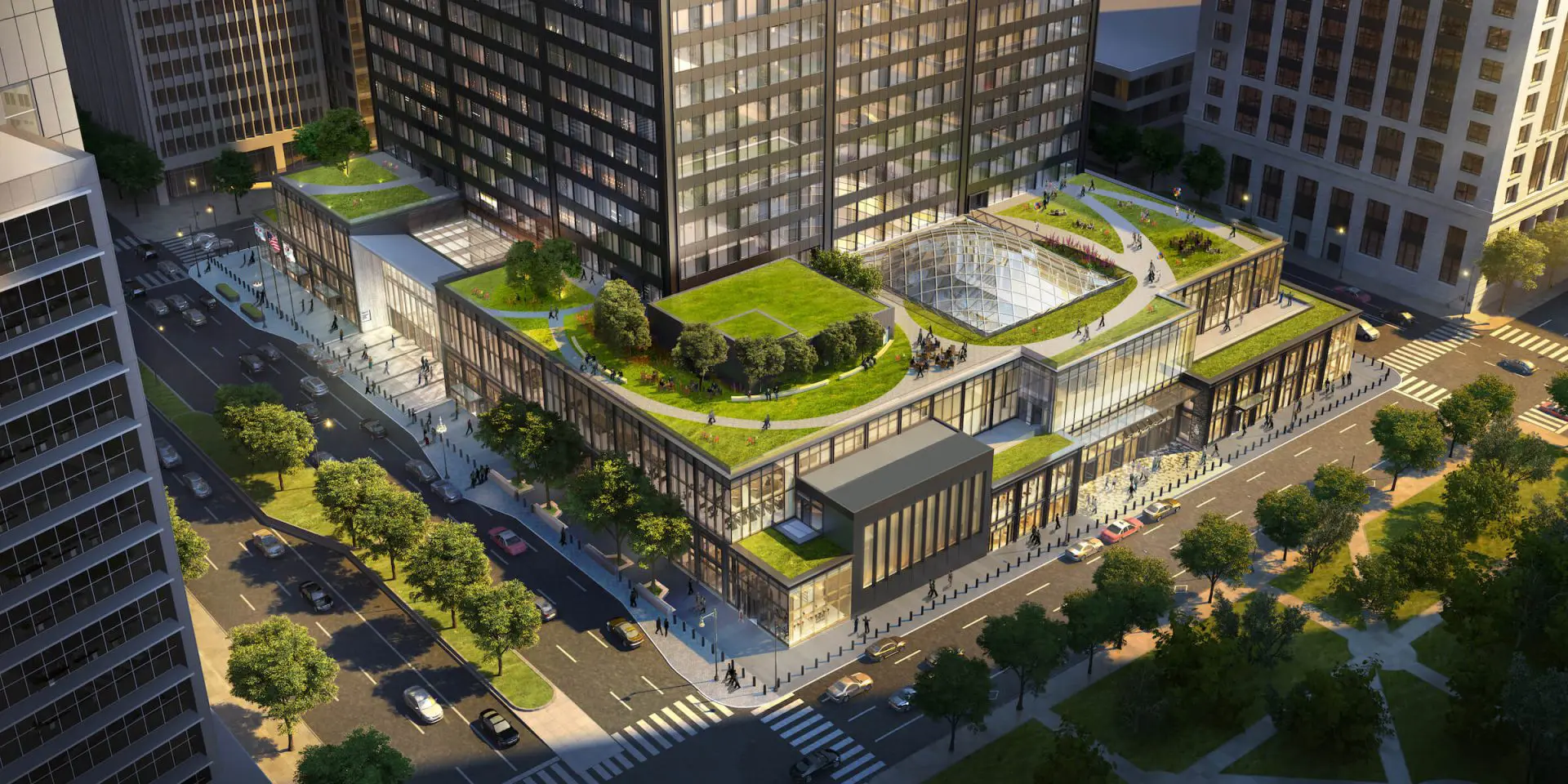“The future of work is delivering on the feeling of presence” – Interview with Todd Heiser from Gensler
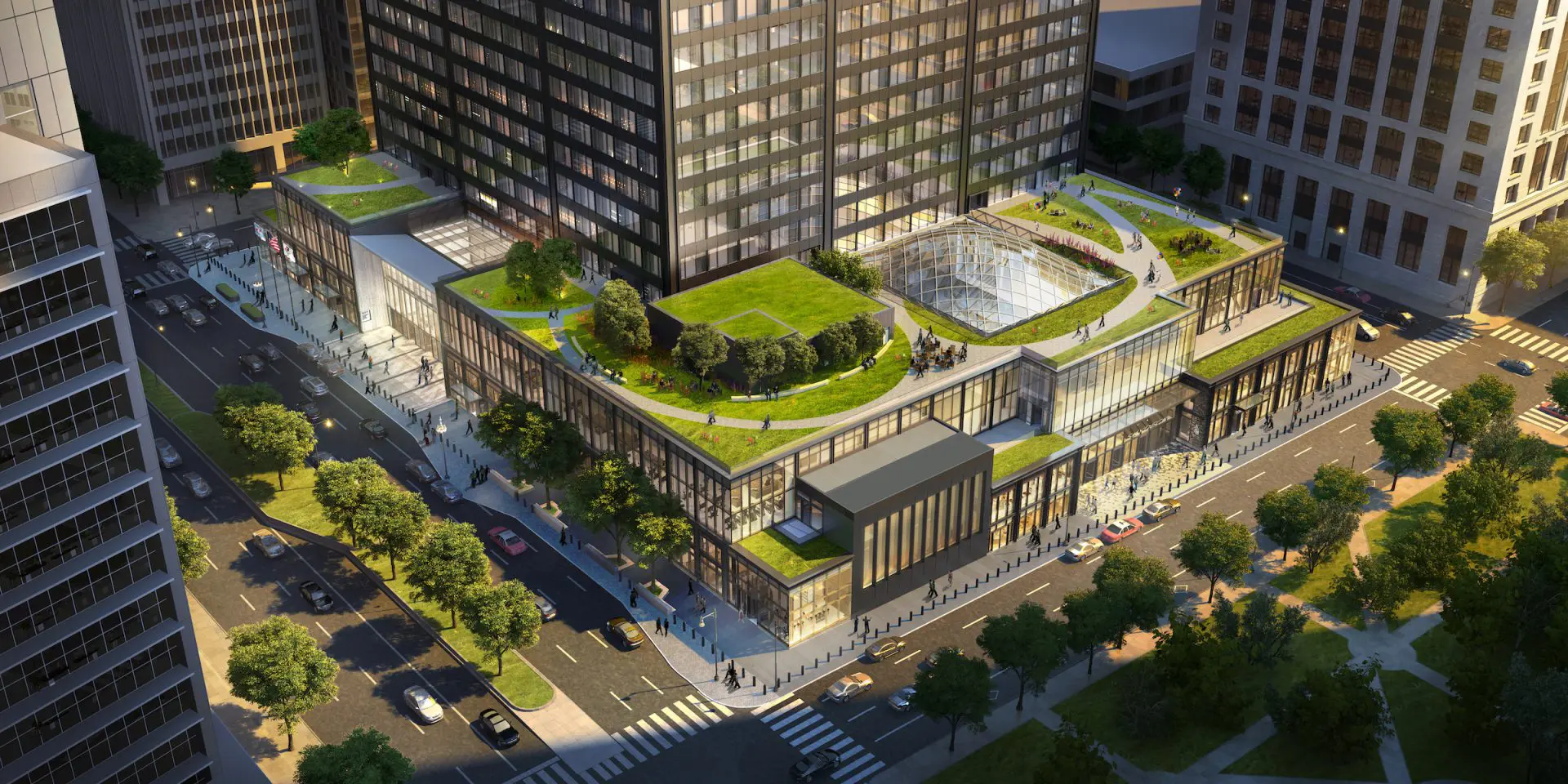
With over 20 years of experience in next-generation design at the cutting edge of workplace strategies, Todd Heiser, Co-Managing Director of Gensler’s Chicago office, gives us an insight into the evolution of workspaces and their future.
Known as the largest architecture firm in the world, Gensler has not only been shaping the future of cities since 1965 but also our workspaces and the way we work. With a strong vision to ‘Create a Better World Through the Power of Design’, Gensler lets their vision come to life through their incredible expertise, their diversity of talent, and their network of global and local leaders, and one of these talented leaders is none other than Todd Heiser.
As Co-Managing Director of Gensler’s Chicago office, Todd Heiser exemplifies Gensler’s commitment to help solve the world’s most pressing challenges through design. His leadership not only showcases his more than 20 years of experience in next-generation design of workplace strategies but also his commitment to conceptual and technical development to transform spaces around the globe.
Amazed by his architectural background, expertise in workplace strategies, and experience-based interiors, DesignWanted interviewed Todd Heiser to find out more about Gensler, the evolution of office spaces, and what would workspaces look like in the future.
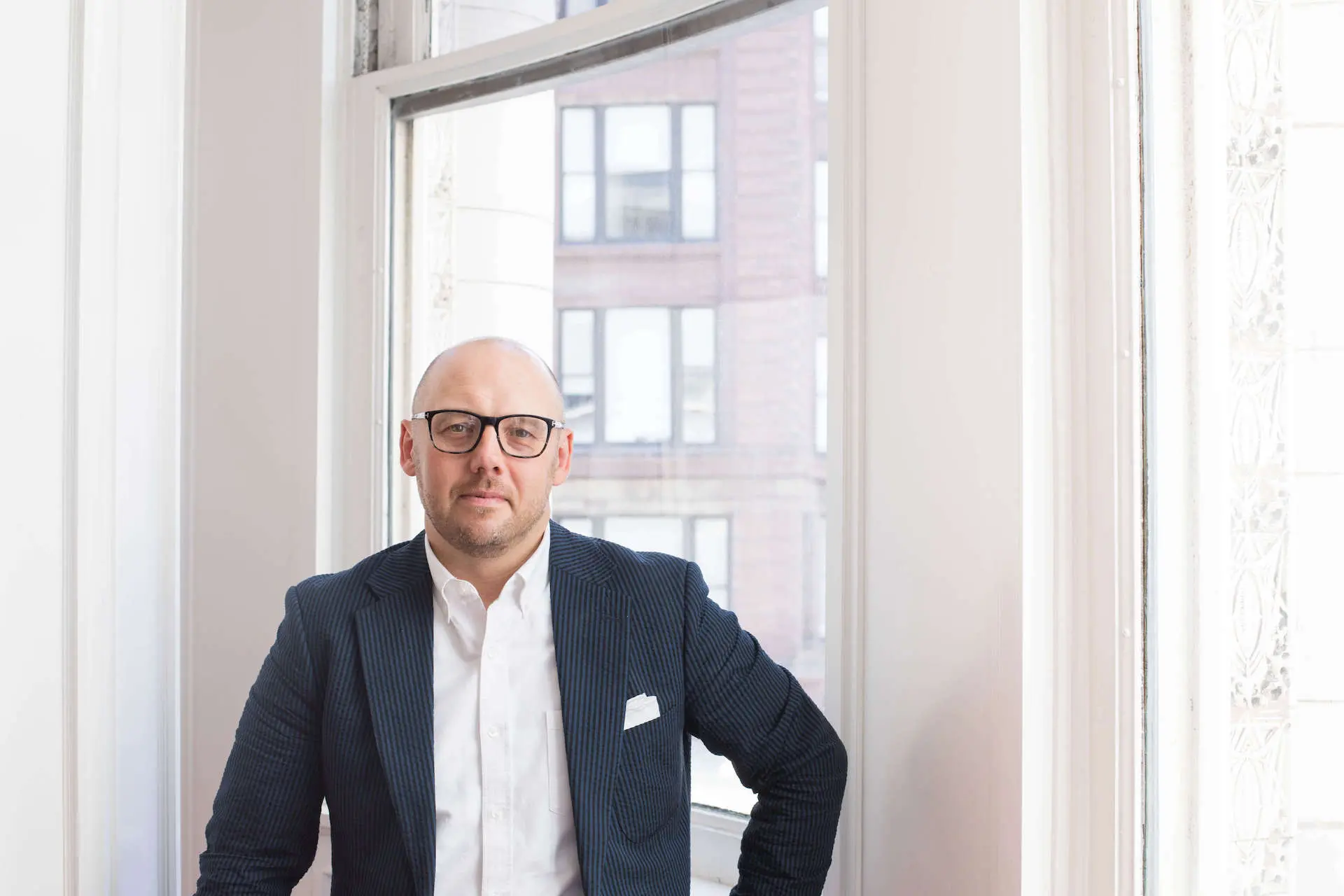
Who is Todd Heiser? How did the journey to become co-managing director of Gensler’s Chicago office begin?
Todd Heiser: “From early on, I truly just loved people. I enjoy lots of interaction, collaboration, and conversation – and that was my first entry point into design.
As designers, we get to meet the people across all industries who are doing some of the most interesting work in the world. We connect with the kinds of people who want to create and grow and lead. That’s why I’m a designer.
Throughout my career, I’ve had some amazing mentors that helped me chart a path forward. Both prior to Gensler and over the past 15 years I’ve been with the firm, I have been incredibly lucky to be surrounded by great leaders who pushed me to realize my potential and to explore the areas where I thrive – not only in design, but in my interactions with colleagues and in my efforts to develop young talent.
Loving design, being passionate about addressing the needs of our clients and communities, and being connected to developing the next generation of great designers – those ended up being the prerequisites that got me here. Rather than specifically seeking out this role, I was preparing for it for years before took it on without realizing it. It has been and continues to be a rewarding journey.”
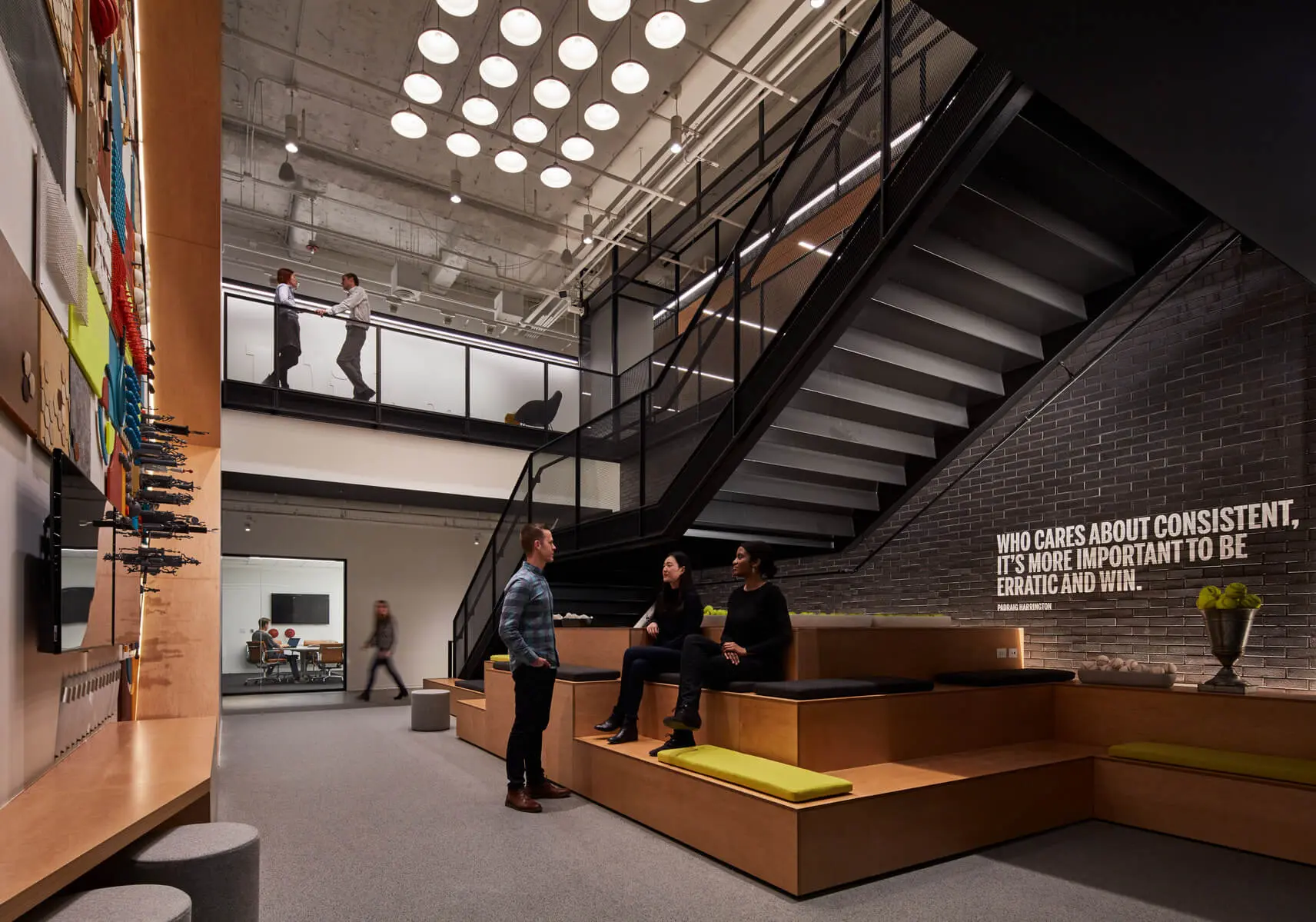
About Gensler, could you tell us about the firm’s ultimate aim and what it means for you to work for one of the largest architecture firms worldwide?
Todd Heiser: “Gensler’s vision is to create a better world through the power of design. And what I love about it is that we actually make good on that promise through the actions of our network of thousands of designers and architects across the world.
The decisions we make, the ideas we present, the problems we solve – the things we do each and every day bring us another step forward in our mission.
I work for Gensler because I am so closely aligned with this vision. There’s a feeling unlike any other when you pass by something you created and see people using it and benefitting from it. The scale at which we are able to do this at Gensler – making a positive and lasting impact on people and communities – that’s what brings so many of us to the firm and is undoubtedly what excites me most about it.
The notion of widespread positive impact and having a platform to enact change is important now more than ever before. We’re respected for the aesthetics of our work, yes, but the number of lives our work touches is truly remarkable.
I’ve seen our projects create opportunity, connect communities, and reinforce the vibrancy and culture of groups in environments ranging workplaces to university campuses to large-scale city planning. It’s an honor to be part of this work.
As far as Chicago specifically, I think our city (like many cities) is at a pivotal time. We have long been grappling with addressing issues of inequality and access, and this time of great civic unrest, paired with the pandemic and our climate crisis, together pinpoint this moment as a time of change.
Now is the time for us as designers and architects to focus on civic impact and serving our communities through design. It goes back to Gensler’s vision, as well as my personal mission, to create a better world through design – we can and will continue to do so in Chicago and beyond.”
Interested in architecture for a better world? You might be interested in BIG designs ‘world’s most sustainable furniture factory’ for Vestre in Norway
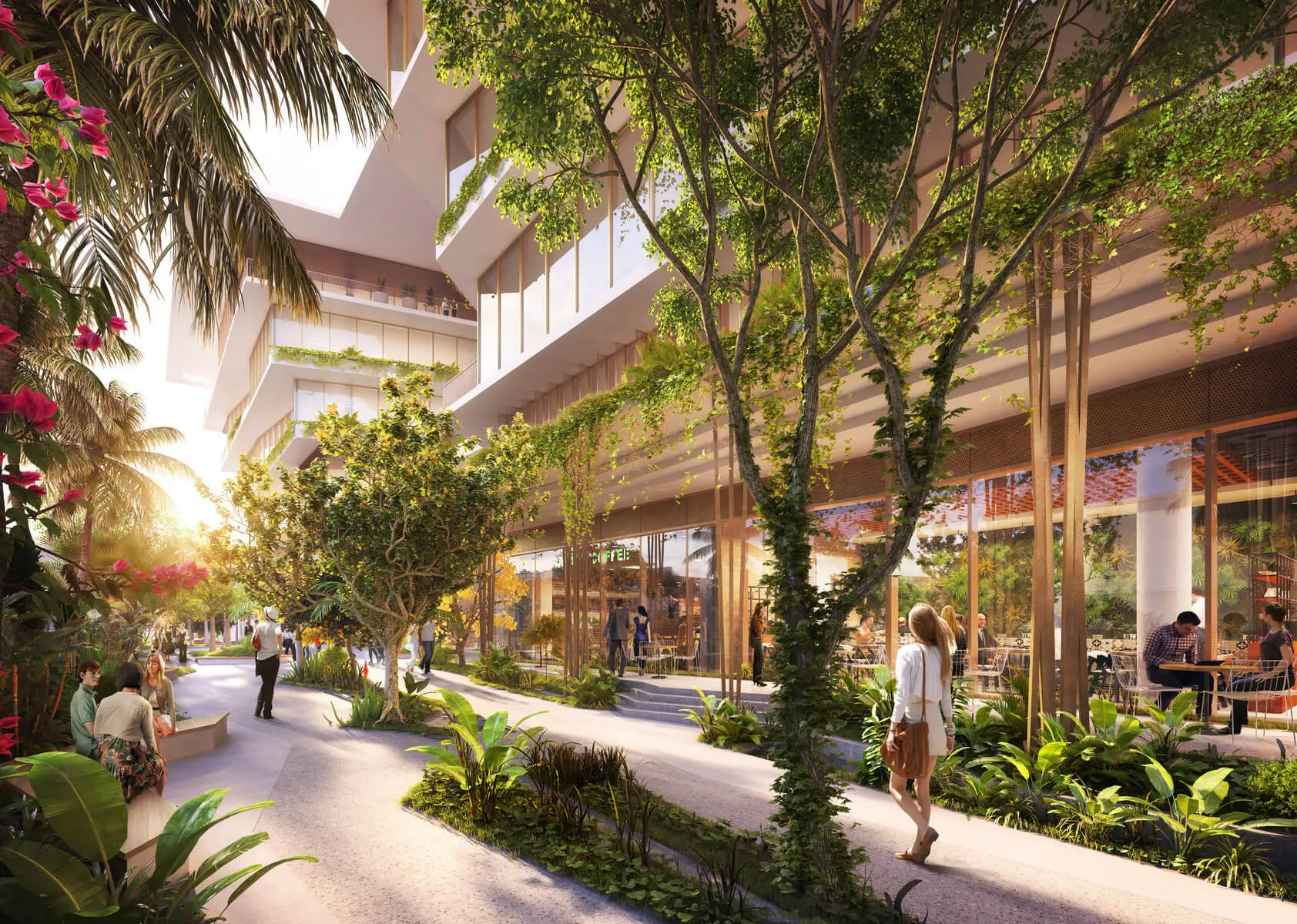
With more than 20 years of experience in next-generation design at the cutting edge of workplace strategies, what have you observed about the evolution of office spaces through time?
Todd Heiser: “In the time that I’ve been designing workplaces, the office has evolved considerably. When I started, work was a place where you come and sit at a desk. Over the years, it has become more dynamic, connected, and purposeful.
The state of our world has pushed us to where we are today with workplace design. If you think about the debates on open and closed workplaces, on unassigned seating, on coworking – those conversations in our industry revealed fractures in the way offices functioned.
With time they became fissures, and with the pandemic, those fissures became chasms. But these chasms offer us an opportunity to emerge with a more humane, more balanced workplace that delivers even more than it did before.”
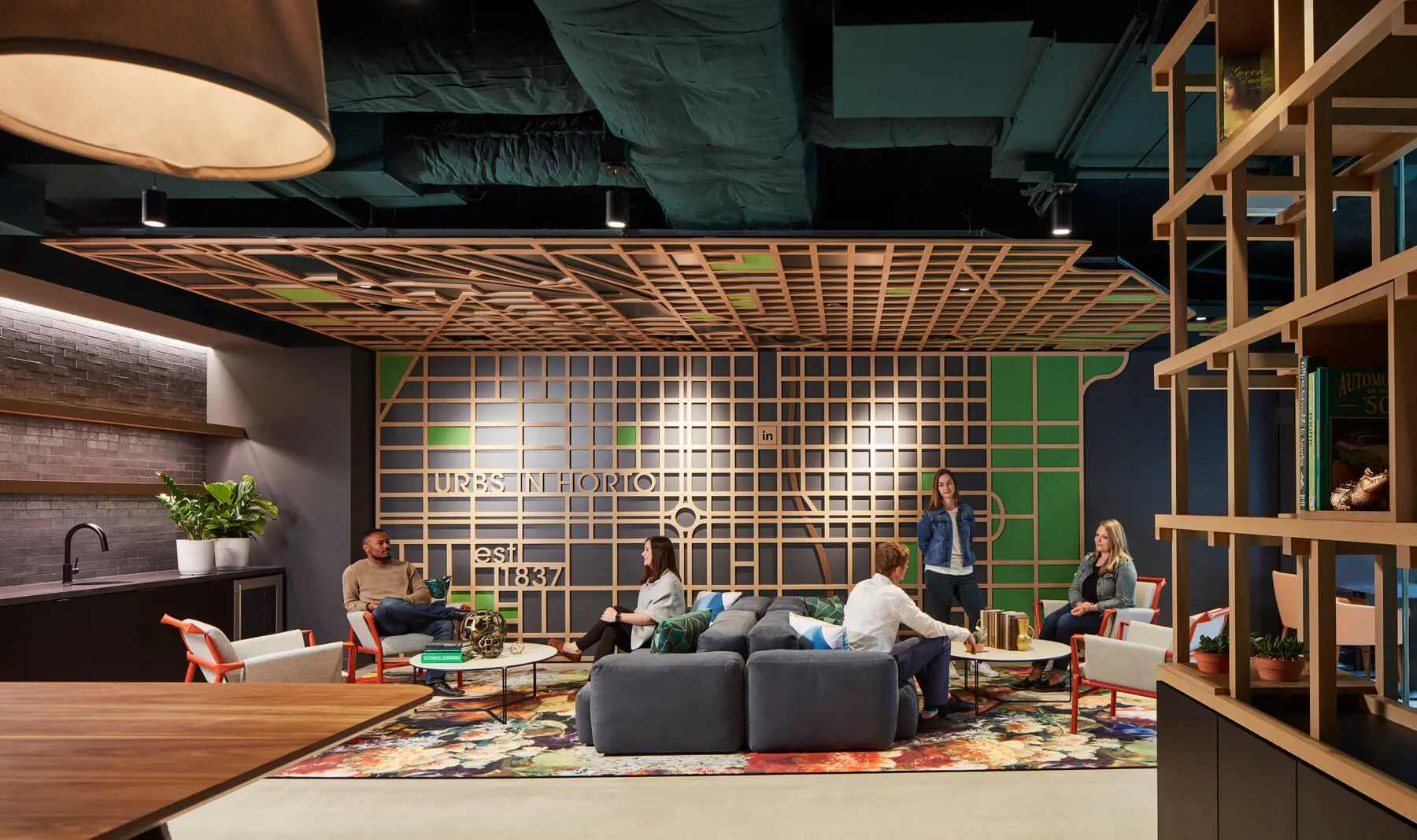
Todd Heiser: “Prior to the pandemic, we talked so much about experience – it was really central to the conversation about workplace design. The same remains true today in part, but during COVID we’ve really decoupled the idea of work and place.
As we bring the two back together, there will be a new mixed reality that comes to the forefront – some of us at home, some of us at work – and that “phygital” style of working will be what sticks.
The types of spaces we create next will need to be purpose-driven and led by our innate desire to connect and be physically present with others. That sense of craving what we once had as we went to work, ate at restaurants, enjoyed concerts… we’re seeking experience, but on a deeper level, we’re seeking presence.
The future of work is delivering on the feeling of presence.”

Gensler has an ongoing exploration of how design is responding to the COVID-19 pandemic. Could you tell us some of the main insights to be considered when transitioning back to work?
Todd Heiser: “This conversation comes down to one word: resilience. We live in exceptional times. If we aren’t grappling with the pandemic, then it’s civil unrest or politics or our changing climate.
We must create resilient environments that can respond to a world that changes swiftly and dramatically, all while our population continues to grow. Workplaces – and on a larger scale, cities and countries – need to have the right mechanisms to respond to human, cultural, and climate shifts.
Design can help solve for this, allowing us to get more comfortable with being uncomfortable because our spaces are designed to be resilient, come what may.
The truth is that we don’t know what’s around the corner, but the ability to respond to what comes next with equity, safety, and resilience at the forefront will be vital to our success at micro and macro levels and everything in between.”
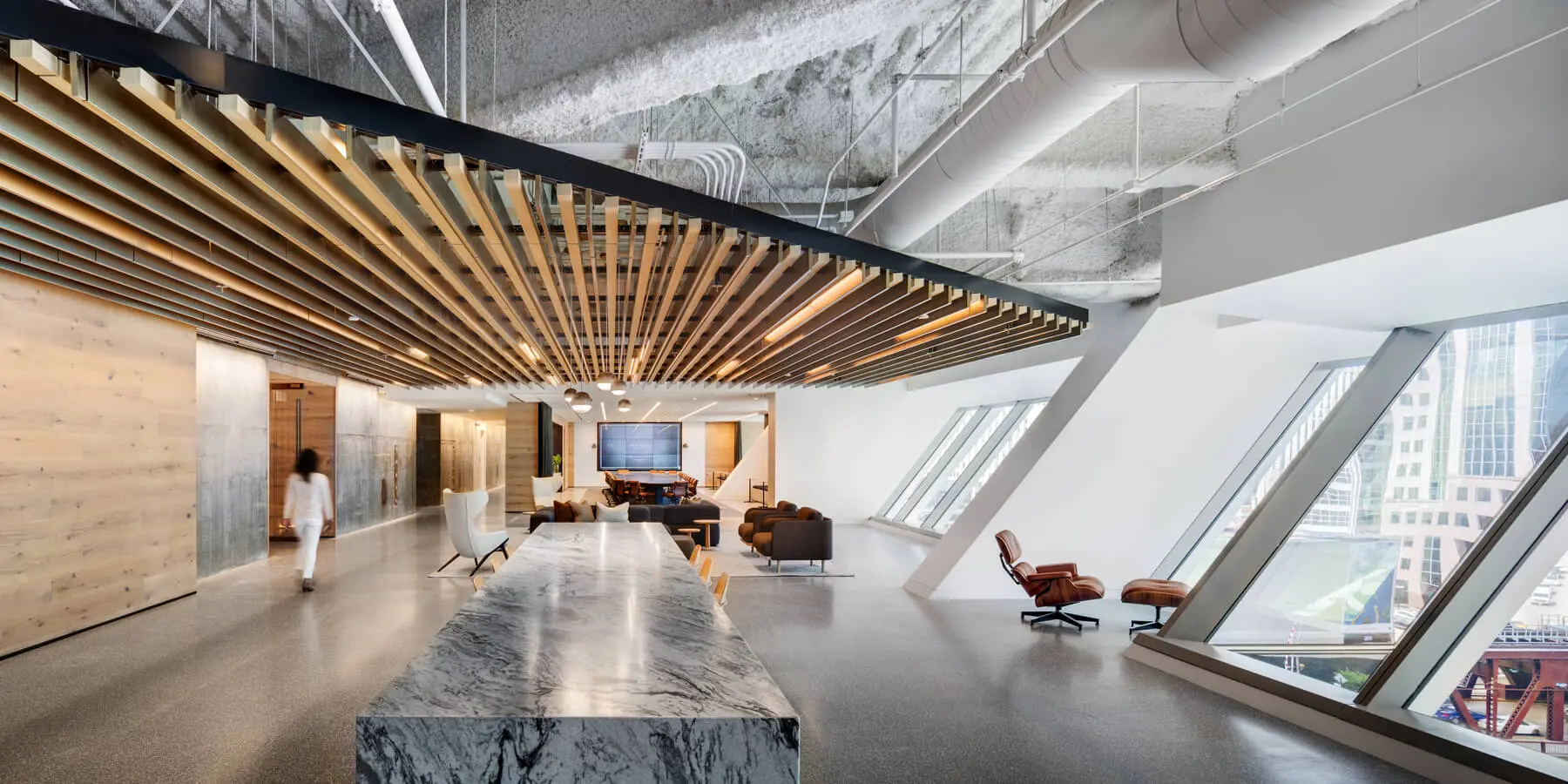
Over the past decade, organizations have been increasing their workplace density, while reducing the square feet of workspace per work seat. Nowadays Gensler has developed a space management tool called ‘ReRun’ to help clients visualize their floor occupancy. Could you tell us more about this tool?
Todd Heiser: “ReRun is a data-driven process for post-COVID re-entry planning. The tool analyzes existing layouts and quickly generates multiple scenarios and identifies the most optimized plan for a variety of physical distancing conditions.
We’ve analyzed more than 10 million square feet of office space using ReRun thus far; it’s proving to be a fast and effective way to help clients begin to return to the office using current guidance.
ReRun has allowed our design teams to rapidly understand the impact that maintaining CDC, OHSA, or other recommended social distances is likely to have across our clients’ workplace portfolios. We can evaluate multi-million SF portfolios of our clients in a matter of days.
While ReRun is the tool, what really sets it apart is our ability to pair it with the human touch. We have our designers looking at each of the floorplans that we use ReRun on, adding a layer of design intelligence and behavioral insights for our clients in addition to the raw, quantitative output of the tool.
As we react to shifting client and employee expectations, economic indicators, and guidance from health experts, ReRun and other tools we’ve introduced – including the recently launched Graph suite of tools – will continue to evolve.“
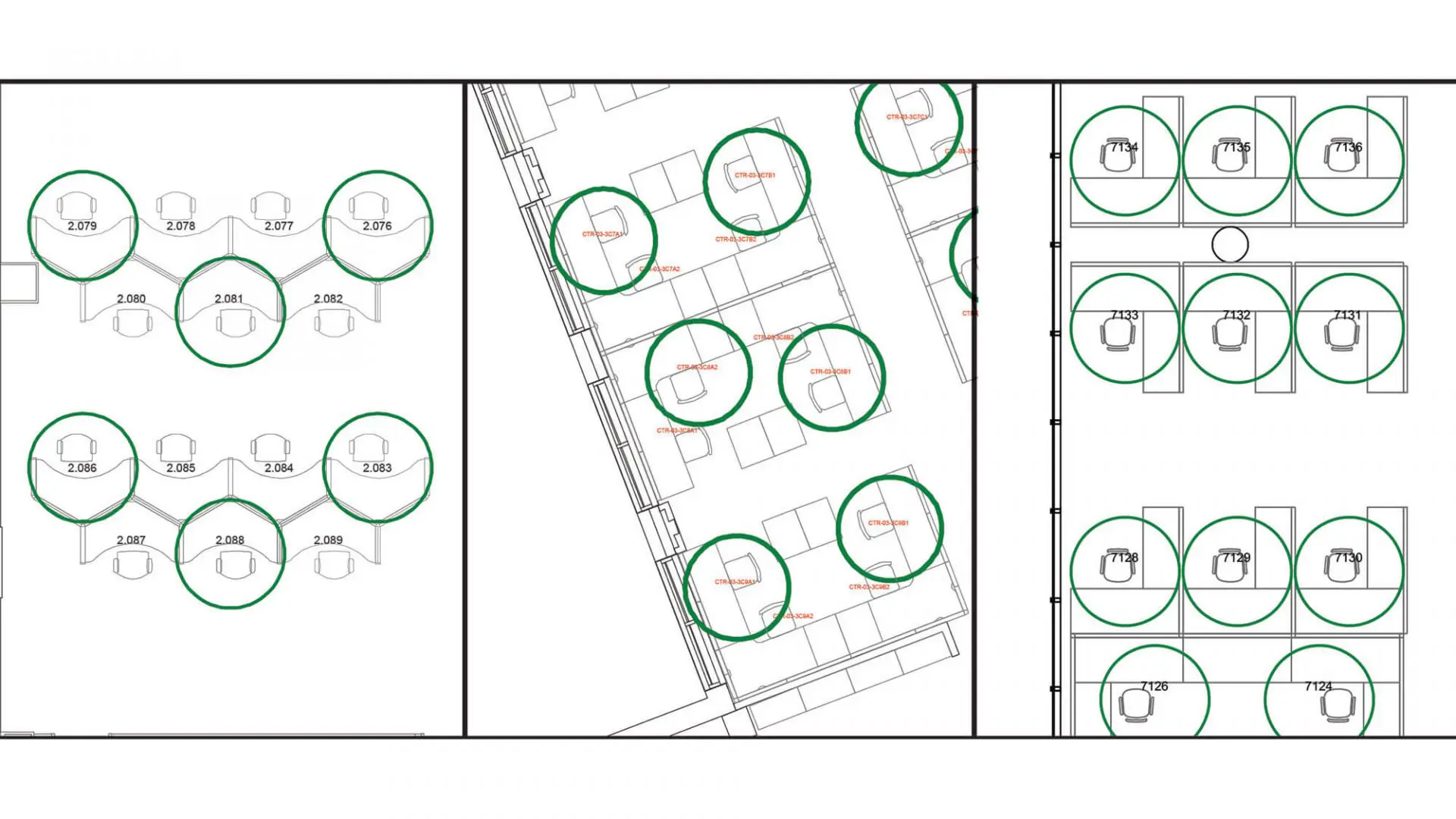
There is an ongoing conversation about revisiting the value proposition of the workplace and the shift towards a “new ground floor” becoming a more integral part of the community in the 18-hour city. In your opinion, what would be the ideal future of office buildings?
Todd Heiser: “Mixed-use buildings are some of our most desirable office buildings, and we expect that to continue in our post-pandemic society.
Why? Because these buildings are contributing to the kinds of neighborhoods that give us access and options for food, living, health, work, fresh air and greenspace – the things we need right at our fingertips. This model is integral to the future of our cities.
The central business district isn’t going anywhere, but we know that our neighborhoods can and should flourish, as well.
The way companies look at workplace has forever changed. Think back to Sears – a company that created the tallest building in the United States (at the time) to house floors and floors of workers.
Today, large companies see value in being networked around the globe, broadening the talent pool and creating more room for flexibility and change.
That way of thinking has only been strengthened by the pandemic when many companies have learned that their workers can be more mobile than they may have considered previously.
If we remove density from its long-held position as the driving metric in our cities and replace it with presence and experience (just like we will with workplaces themselves), I believe we’ll see more vibrancy, culture, equity, and connection even in our largest urban centers.“
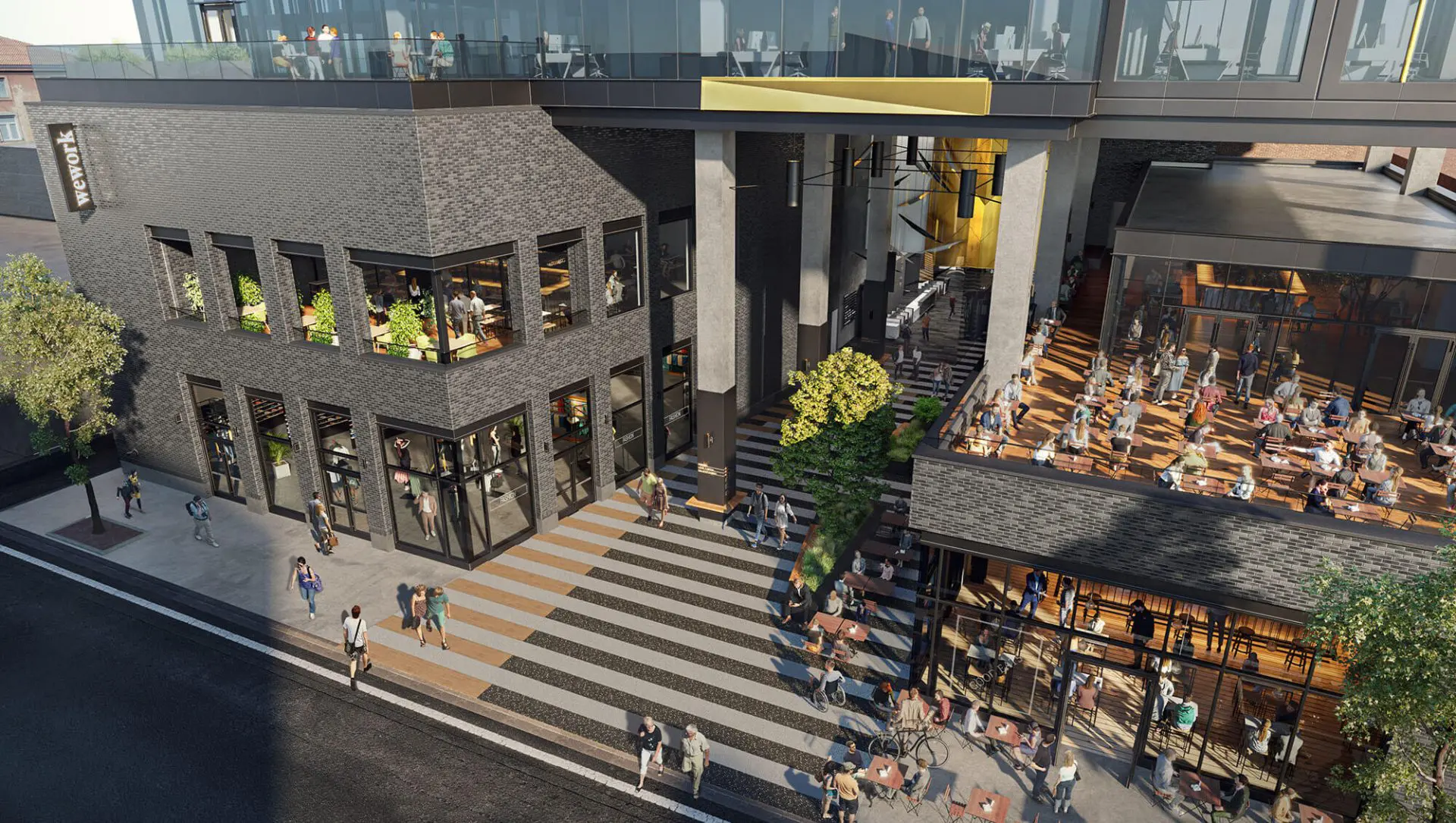
Gensler’s commitment to create a better world through the power of design is noticeable throughout the organization. What are some of the future plans for the firm and Chicago’s office?
Todd Heiser: “Gensler is committed to making change beginning at the neighborhood level – and for us in Chicago, that starts with supporting and developing our next generation.
We are deeply integrated with organizations like ACE, Marwen, NOMA, YWCA, and others that are working to create a better future for all. Putting our “skin in the game” is important to us; to truly be part of our city, we have to be participants, and in fact, activists in support of Chicago’s youth and young adults.
Equity is a central focus in supporting our next generation. Earlier this year, we launched a Global Race & Diversity committee, of which I am one of the members.
The committee is in place to lead our firm in activating around five strategies we’ve identified, and carrying out the commitments associated with each:
- We will increase racial diversity within Gensler by recruiting and hiring more Black professionals and supporting the Black professionals in our firm to achieve and exceed their full potential.
- We will pursue equitable design solutions in our cities and communities to create positive experiences for Black communities.
- We will create education opportunities for Black students by expanding our scholarship program and mentoring middle and high schoolers in our communities.
- We will create job opportunities in the architecture and design industry for Black professionals and serve as an active partner with the National Organization of Minority Architects (NOMA) and the ACE Mentorship Program.
- We will partner with our clients on diversity and inclusion initiatives in order to integrate and amplify efforts across our networks.
These actions underscore our commitment to creating lasting change in our firm, our industry, and our communities. It expands on the work we’ve been doing and provides us with a platform to more effectively fight racism on all levels.”
